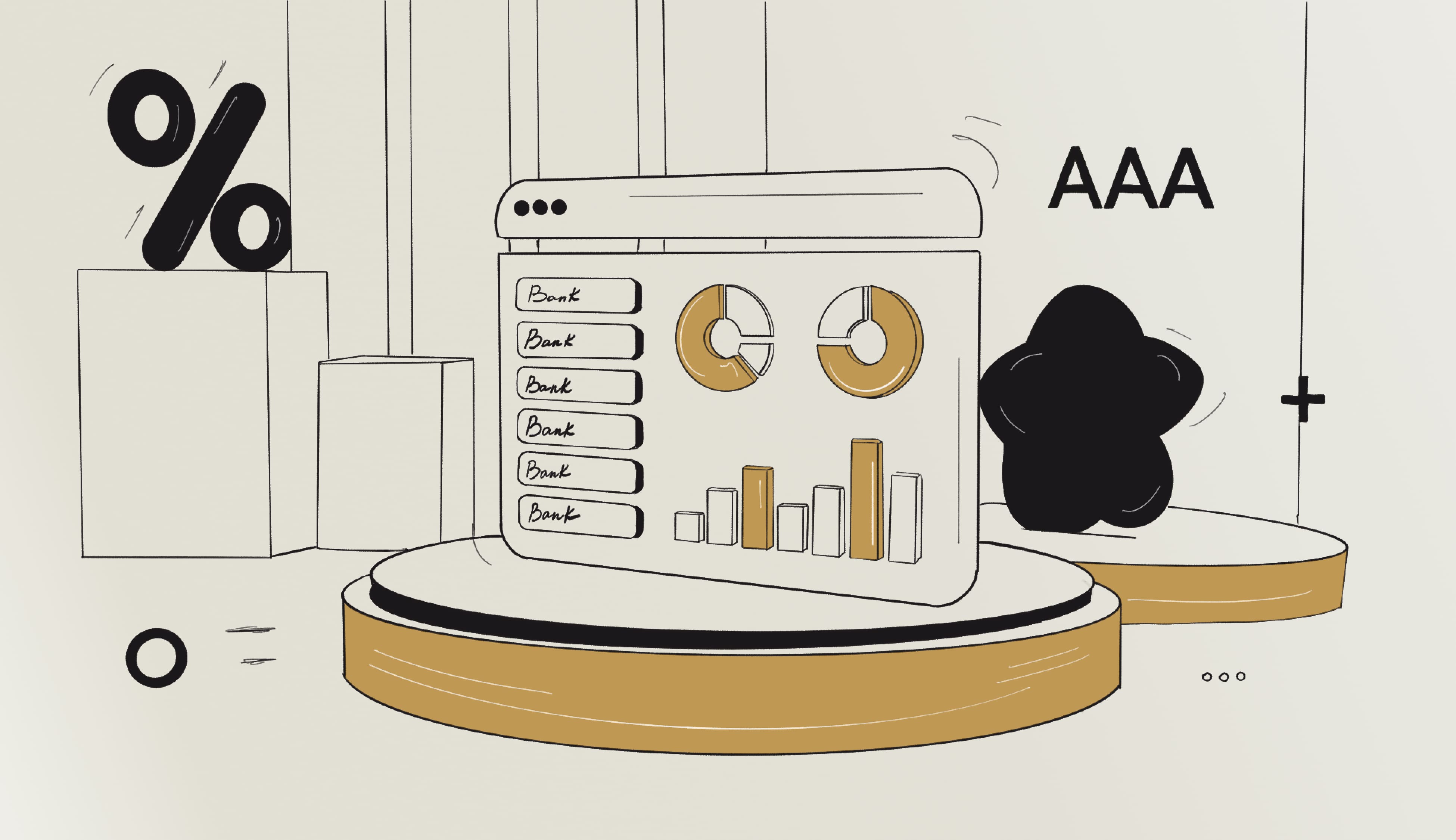The state of the Ukrainian banking system during the war
Share this post

According to open data from Opendatabot, Ukrainian banks received 11 billion hryvnias of profit from January to October of this year. Comparing with the same period of the previous year, when the income was 58 billion, we can see that profits have decreased by 5 times. Does this mean that Ukrainian banking institutions are in recession? In this blog, let's examine what state the domestic system is in during the large-scale military aggression and what plans there are for the near future.
Contrary to the negative developments, there was no general decrease in all institutions and some banks were even able to improve their position. The state banks received the most profit — 62%, and the absolute leader was “PrivatBank” — 59% of these revenues. Nevertheless, it is one third less than during the same period of the last year. At the same time, institutions with foreign capital have a share of 26%, and private — 11.6%. Half of the banks from last year's list of the best have significant losses.
List of the most profitable banks in Ukraine as of October 2022. Source: Opendatabot
As can be seen from the list, things have significantly deteriorated for some of the banks that were in last year's top ten. “Ukrgasbank”, “Alfa Bank” and “Ukreximbank”, which seemed to be standing firmly on their feet, have moved from the top to the bottom of the list because of significant losses. Almost a third of Ukrainian banks suffered losses amounting to UAH 19bn over the 10 months of the year. It is worth noting that despite this, the number of banks affected by the war dropped to 31% from 38% in August.
Banks continue to be impacted by wartime factors, particularly power outages resulting from missile attacks. In a report on financial stability, the National Bank stated that regular power outages cost banks more than 300 million hryvnias. The shutdown schedules negatively influence more than half of the branches. The rocket attacks on infrastructure and their aftermath have somewhat slowed demand for banking services and despite this, the financial sector continues to operate steadily.
Another factor influencing the banks was a decrease in the share of deposits among the population, which means a deterioration of the term funding structure. This does not pose additional risks for the overall system, but worsens the stability of individual banking institutions. It is worth expecting that they will try to attract clients' attention to their services by increasing deposit rates.
According to the NBU report, banks risk losing up to 30% of corporate loans. Now about 9% of the loan portfolio is recognized as lost, another 14% are at risk due to the probable inability to service loans. It is worth considering that in case the current situation and conditions persist. Total losses due to problems with exports and the shelling of energy infrastructure could reach up to 30%.
Net corporate loans by assessed quality as of December 1, 2022. Source: NBU
Next year, the National Bank of Ukraine plans to conduct an assessment of asset quality and a stress test; these measures will be part of a general diagnosis of banks. This will help assess the viability of banks business models and find possible solutions for capital recovery, as well as options for dealing with problem loans. It is predicted that the recovery of the banking sector will take more than a year and the attraction of foreign investment.


